A Dataslate for a homebrew game and some idle musings on making stuff
I've been toying with making a homebrewed co-op game for use with 40K/Necromunda rules for the past couple of years. The idea originally popped into my head because I was a bit disillusioned with both the (then) current state of Warhammer 40.000, as well as not really "feeling it" when it came to playing army-scale games. Partly due to not having the time and energy for actually painting an army and keeping up on the rules, but also because I simply didn't enjoy the experience the last couple of times I played a "big army" game in my gaming group.
So, I turned to skirmish and co-op games for a while, just for a change of pace and eventually cooked up some basic "AI" rules and a mini-campaign, where a squad of Imperial Guard veterans investigated a space station on behalf of an Inquisitor (and, eventually, ended up on a Genestealer Cult-infested planet bound for Exterminatus...). The game went well and prompted me to want to eventually make a more polished version of the rules, for use for narrative/"light roleplay" co-op games (the rules are more or less done; I might upload them eventually if there's any interest).
However, all this is just a prelude to talking about this Dataslate prop I made:
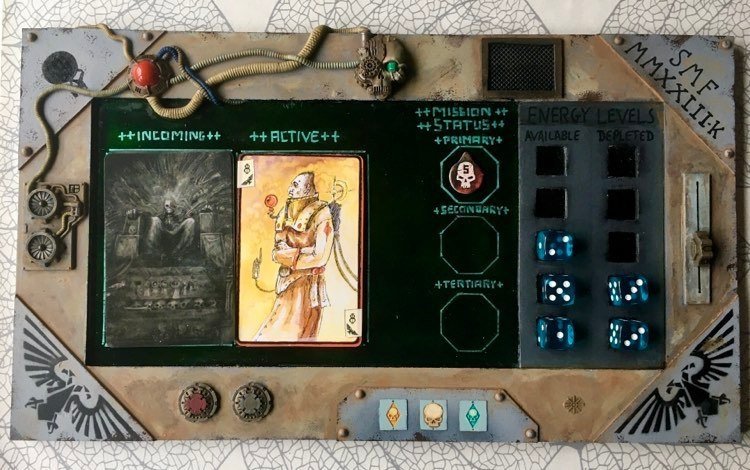
It's basically a gaming aid, for keeping track of initiative, objectives and the shared dice pool that the player characters have (I took a cue from Blackstone Fortress as I like the idea of a shared dice pool that fosters cooperation and lets the players do additional stuff during the turn).
The reason I post about it is not (just) to brag about making something, it's actually because I want to share some (perhaps rather obvious) insights it gave me about creating things. They might seem like a series of "well, duh!"-observations to you, but to me some of them were a bit of a "light" bulb moment, so I figured they might be useful to others too ![]()
Anyway, here we go:
- Creating things is (usually) a lot simpler than you think. Once I had the idea, I spent a bit of time brainstorming, then made a very simple (and rather childish) sketch that I fiddled with for a bit - and once that was done it was just a question of putting the thing together, which was much easier than I thought it would be.
- Don't let the lack of "perfect" materials stop you from making something. This thing is basically just a piece of flooring, some cardboard, a couple of bits, a bit of greenstuff and a lick of paint. I almost put off making it because I felt like maybe I needed some more "real" hobby materials to make it from. But from now on, I'm always going to at least try and see what I can do with the materials I already have lying around, rather than let the lack of "proper" materials stifle my creativity.
- Don't save your material for the "perfect" project. The flipside of the above is that I have a lot of bits lying around that I've been oddly hesitant to use, because "I might need them later". This project helped me realise that you should absolutely use those bits as soon as you have something they could be used for. I think the "vent-gubbin" from the Vindicator tank and the "mechano-skull", as well as the few other GW bits I used really help "sell" the Dataslate as a thing that exists in the W40K universe.
- Don't give up when things get frustrating; but do take a break. While the thing was much easier to make than I had anticipated, the varnish on the "screen" and the painting process almost made me throw the whole thing out the window a couple of times. The varnish took a looong time drying properly and I was afraid I might have to start over again; the painting process had an uncomfortably long phase, where it all looked, shall we say "less than brilliant", but in both cases the solution was to leave it alone for a bit and come back once I was less annoyed with it. If I'd pressed on while I was frustrated I might have ruined the varnish/paint job and as it turned out, the paint job was fine once the final touches were made, but taking a break and coming back with fresh eyes really was the key.
- Basic Shapes and a few strategically place details go a long way. Whether you're doing something like this Dataslate or a piece of terrain - or even vehicles and regular miniatures - there's a tendency to think that you can't possibly make things detailed enough, compared to "real" kits. But in reality, just a few different materials, textures and shapes, as well as a paint job that supports the feel you're going for, can really make all the difference. At the risk of bragging, I think both the dataslate and the piece of terrain below look quite good. And they don't look out of place next to GW stuff either, simply because I've used some simple unifying techniques and some strategically placed detailed bits that make the entire thing look more "real" and fit in with the settng.
So yeah, that's the lessons I learned from making these things that I'll be taking with me into future projects. It all seems slightly too obvious now that I've written it down, but like I said, it really was a bit of a revelation and i do feel that it's made it a lot easier for me to "just do it" when it comes to creating things, so I hope it does the same for you ![]()
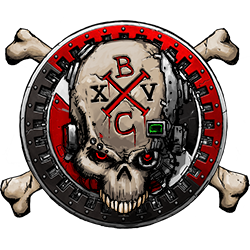
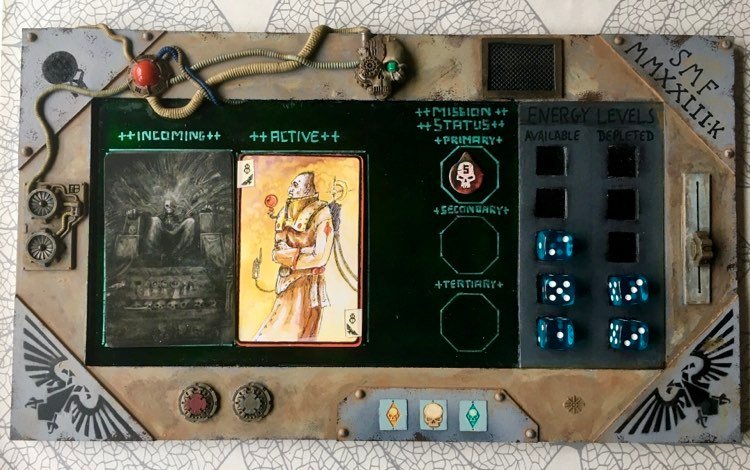
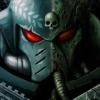
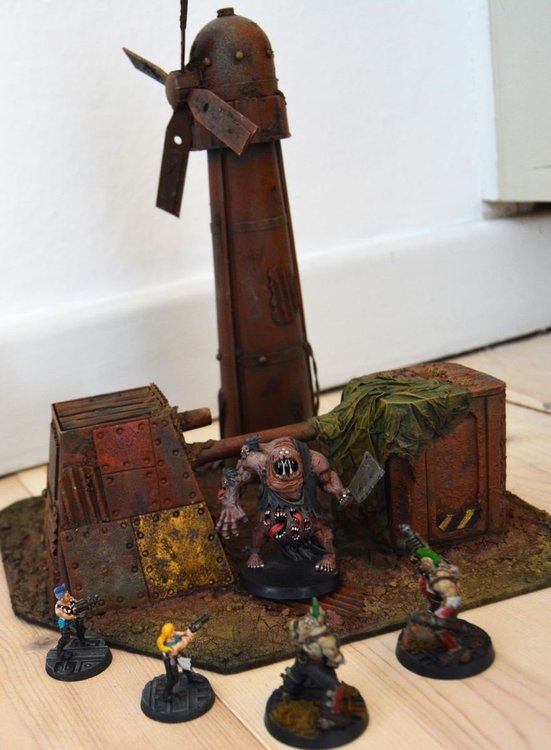


0 Comments
Recommended Comments
There are no comments to display.
Create an account or sign in to comment
You need to be a member in order to leave a comment
Create an account
Sign up for a new account in our community. It's easy!
Register a new accountSign in
Already have an account? Sign in here.
Sign In Now